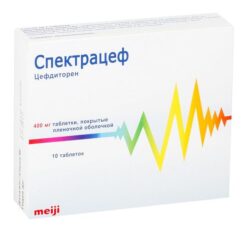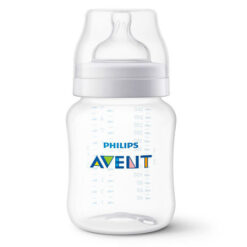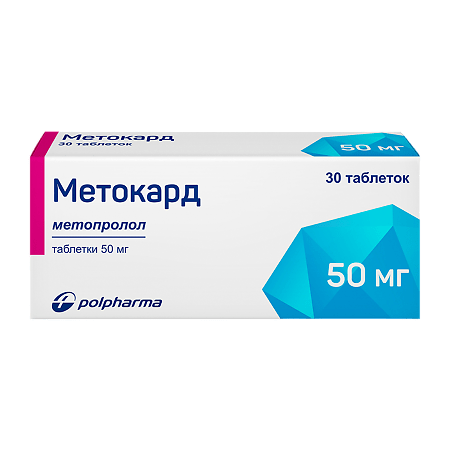-
×


-
×


-
×


-
×


-
×


-
×


-
×


-
×


-
×


Subtotal: €190.35













